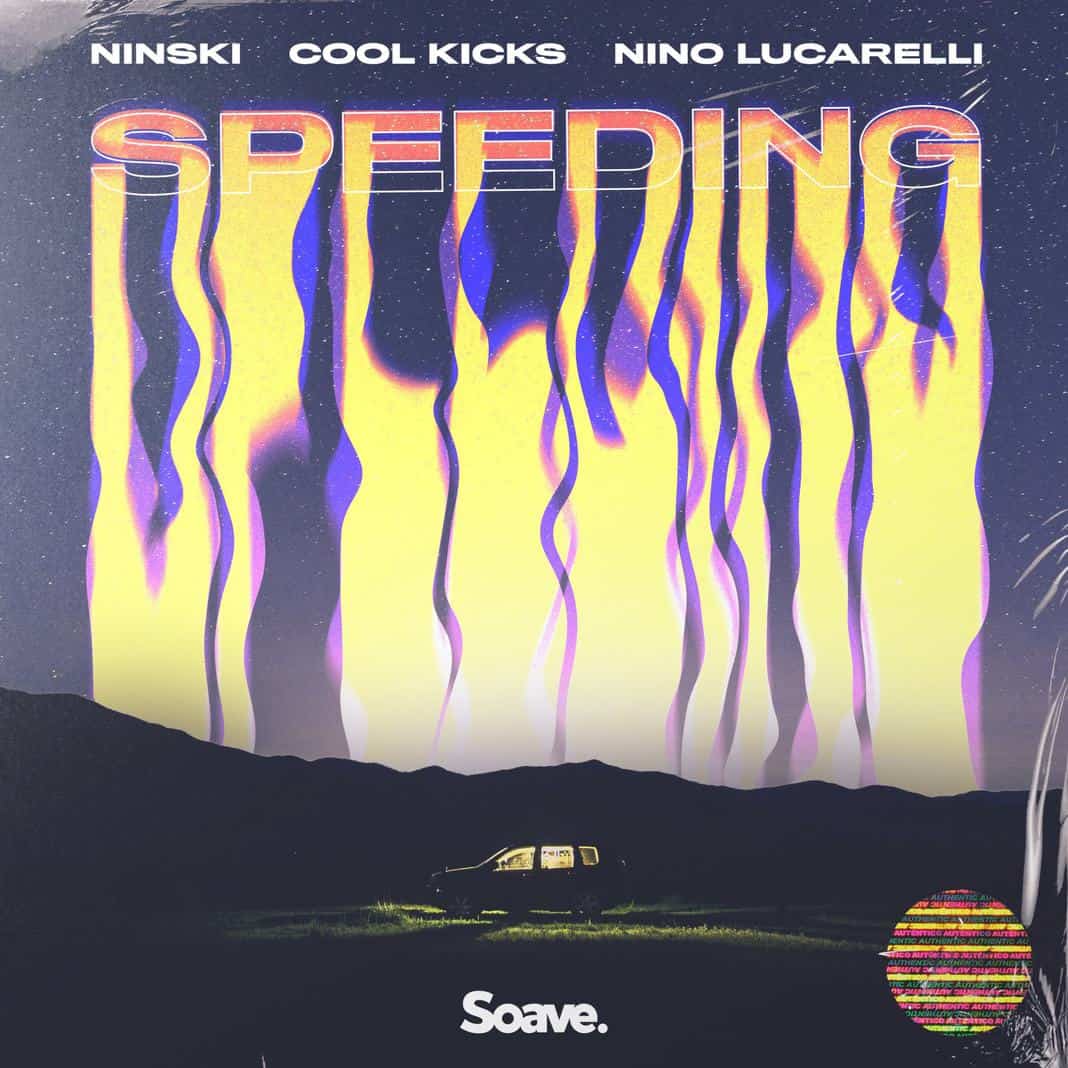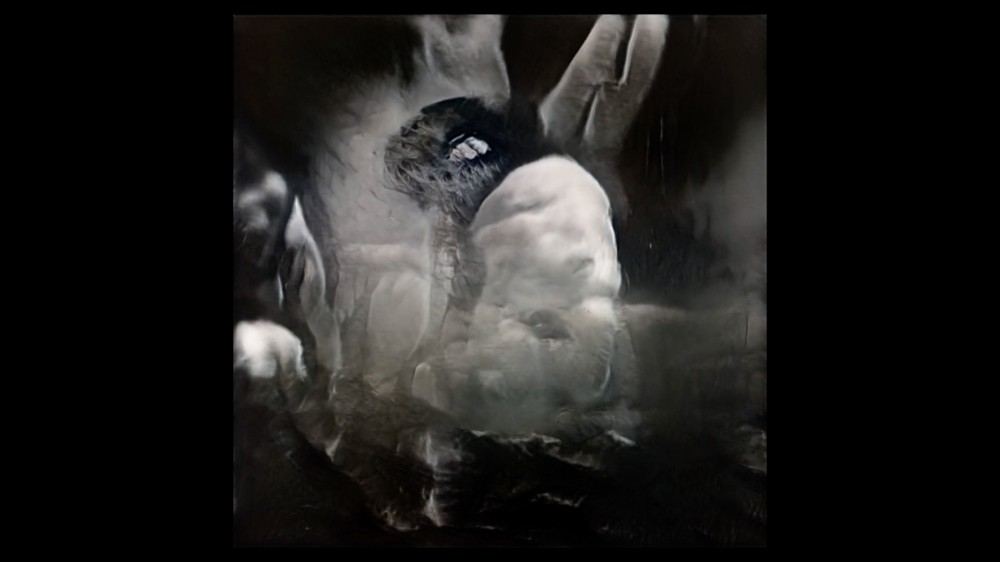
Actual Objects Presents: Voice To Skull
Artist, musician and Actual Objects collaborator Theo Karon leads an affecting
investigation into what kinds of meaning it is possible to make in collaboration with artificial intelligence.
Machine learning is central to the creative practice of Actual Objects, to such an extent that the application of the technology, as well as a sustained engagement with its processes, can be said to be one of their trademarks. In the studio’s video for Yves Tumor they used generative adversarial networks, or to quote Actual Objects’ machine-learning expert Case Miller, “two or three GANS stacked on top each other, with a couple others baked in, some specific segmentation, landmarking and some uprezing”” to create deep fakes of the video’s protagonists. On top of this, they used an A.I.-enabled style transfer to map the physical qualities of founder Claire Farin’s painting on to footage captured during a live action shoot. In the speculative documentary, Solstice, directed by Miller, the studio marries conventional documentary styles with motion graphics and CGI to explore how automation and artificial intelligence might be incorporated into vital solutions to the urgent problems of climate catastrophe and global food shortages. In both these works there is a drive to demonstrate what A.I. is actually doing within the context of the artwork itself, rather than simply present the dazzling, occasionally overwhelming, results. Voice To Skull, the brainchild of artist Theo Karon, is a direct response to being overwhelmed by technology, as well as affecting investigation into what kinds of meaning it is possible to make in collaboration with artificial intelligence.
“Voice To Skull is an emotional response to just how it feels to be alive and consume media right now, when everything is cast out on everything else, all the time,” describes Karon. “You get worked up about something and then it turns out to be debunked, or to have just been more complex than the initial presentation of it that you encountered let on. So you’re stuck. It’s like perpetual jetlag. You’re constantly waking up from a dream and you’re reading about an atrocity and trying to figure out what to order for lunch, both on your phone, at the same time.” Narrated by Chino Amobi, with whom Actual Objects collaborated with on his 2018 film Welcome To Paradiso (City In The Sea), Voice To Skull assumes the perspective of a “data harvester”, a consciousness scouring a hard drive for the last remnants of data, searching for anything resembling information. Citing the work of object-oriented ontologist Timothy Morton, the assemblage of avant-garde artist and experimental filmmaker Joseph Cornell and countless hours spent immersed in online conspiracy theory forums, Karon seeks to render visible the residue left behind when different kinds of media interact within a larger system.
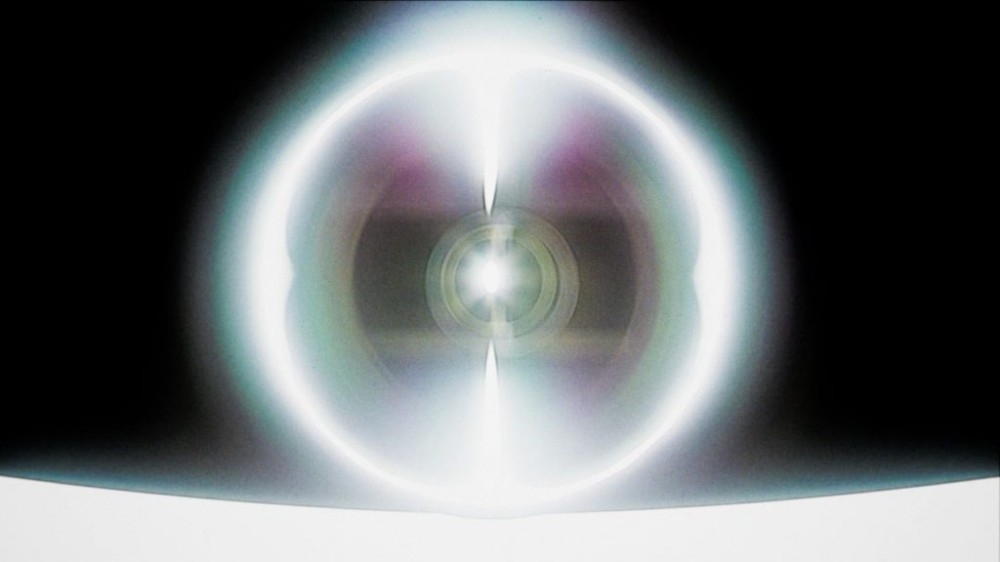
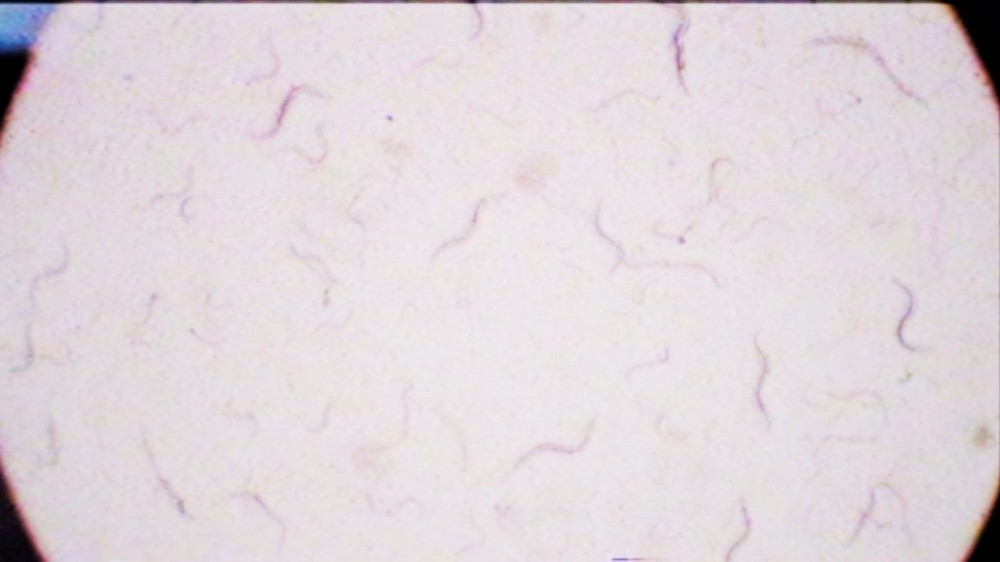
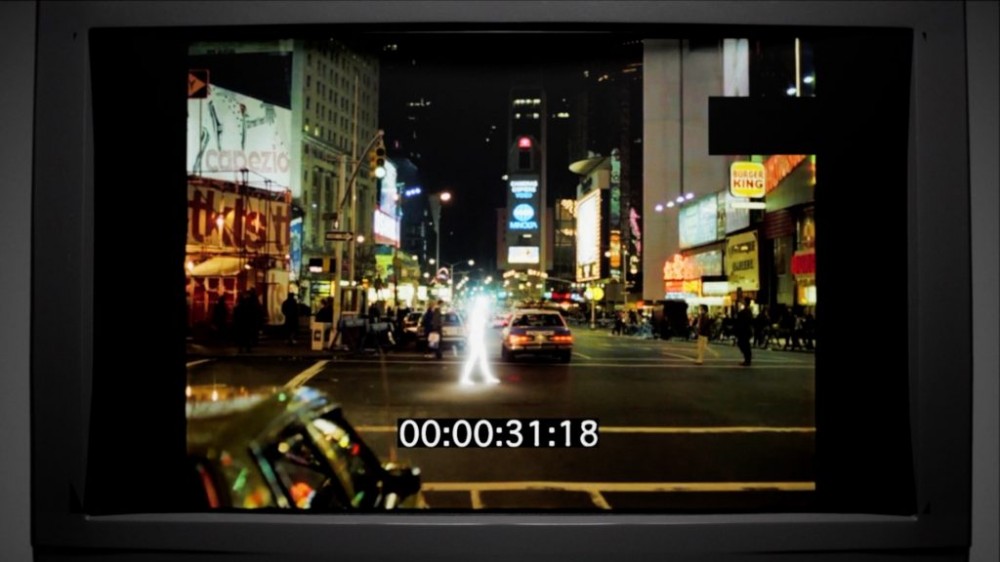
Whether it’s the exhaustion and malaise felt when flitting between social media voyeurism and compulsive doom scrolling, the psychic deformities that begin to appear after the quotidien barrage of disinformation found online, or the organic growth of a paranoid logic in the schizophrenic interactions of members of online message boards, Voice To Skull captures all of these feelings. In the words of the film’s narrator, “there is a dim sort of magic to be found here, but first it must be trapped.” This process of entrapment takes the form of a total collaboration with machine learning, in which both the script and elements of the imagery are generated using A.I. For the script, Karon utilized GPT-3 (Generative Pre-trained Transformer), an autoregressive A.I. language model that uses machine learning to produce eerily human-like text. Feeding the model with excerpts of a novel Karon had abandoned writing, as well as numerous conspiracy forum posts, the ensuing dialogue became the basis from which the script for Voice To Skull, itself only the first iteration of a wider Actual Objects project, Disintegration-2, was adapted. “It needs a lot of curation, it would run for a while and then I would do a lot of editing, but in the context of the world that process felt very fitting to me, in that it was this continual layering, adding, subtracting, remixing it back into itself,” they explain.
“That’s an important point about the way all of us at Actual Objects want to use A.I.,” notes Rick Farin. “It’s basically Holly Herndon’s whole idea, it’s not about presenting A.I. as it is, it’s about human collaboration with it.” It’s this entanglement of different kinds of intelligence that manifests as a narrative through-line in Voice To Skull, in which the narrator seems preoccupied with distinguishing between artificial and organic consciousness. “YOU APPEAR HUMAN, BUT YOU’RE NOT…” flashes across the screen at one point, while later the narrator describes a process of “regular voice-to-skull communication with the broken artificial intelligences that inhabit this world.” These attempts at categorisation cast doubt on the fundamental qualities of the voice we’re listening to. In this world, is humanity, and by extension the viewer, considered a broken artificial intelligence? Perhaps the title’s reference to bone conduction functions metaphorically and our narrator is only able to make meaning on the inside of the world it seems to be in the process of creating, just as our voices sound other when not heard amidst the vibrations they make across our own skulls. “None of the individual pieces of clips in there have any real significance on their own,” says Rick, “but when they’re all stuck together and then integrated with the audio, some kind of emotional response ends up becoming generated.”

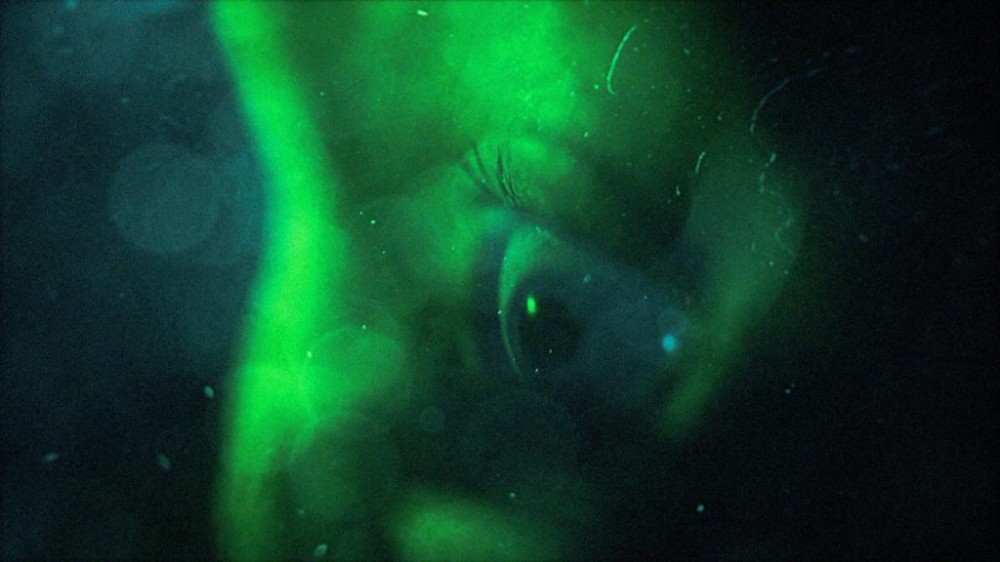
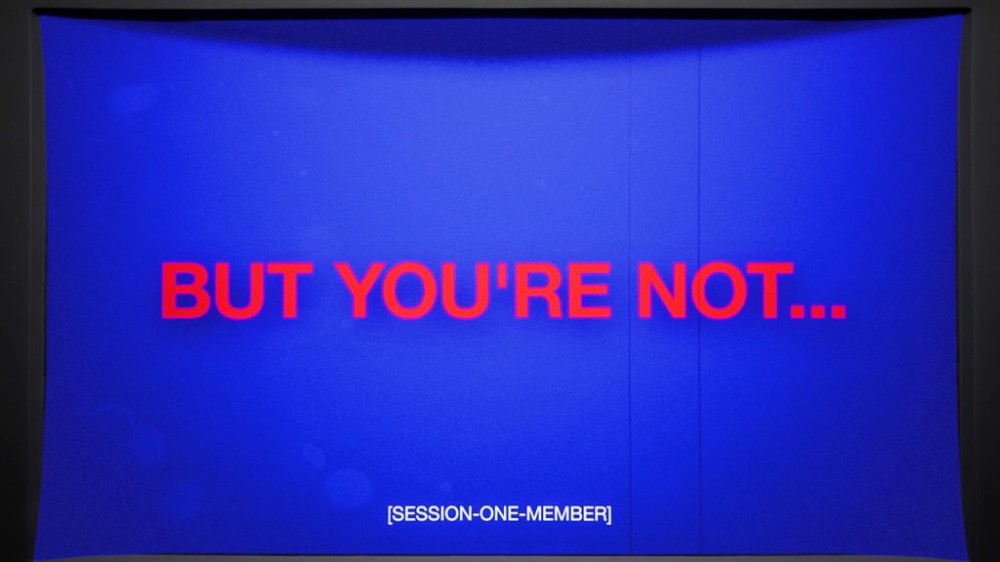
The film’s hauntological montage of stock footage, CGI, A.I. animation and Adam Curtis-esque typeface fireworks from Actual Objects’ resident graphic designer Collin Fletcher all serve as a visual response to Karon’s script, proceeding directly from the artist’s interactions with GPT-3. “From an aesthetic point of view, it’s about using it as a kind of generative and experimental source that then we can work with and refine and transform into something,” explains Rick. The studio’s use of machine learning in this context has continuities with the ‘Red River’ video they produced for Salem, which showcases real-time object recognition as applied to stock footage of teeming crowds and urban environments. “That video is really focused on revealing what A.I. actually is,” continues Rick. “There’s a lot of discussion, especially in the art world, about A.I. being this thing that, aesthetically, is so fucking powerful and amazing, when in reality it’s all pretty mundane. I wouldn’t say it’s the most inspiring thing in the world and that’s something that we want to convey in general, working with A.I. isn’t something that is very glamorous. It’s also not that hard.” It’s a frustration that is echoed by Miller. “The issue here is this fetishization of machine learning,” he asserts. “Even the term artificial intelligence is completely idiotic in my opinion. What we’re working with here is a layered stack of multiple single processes, based around pattern recognition, that abstract themselves through specific data sets.”
Thus, when the narrator of Voice To Skull describes the human mind as “a complex system that interacts with the world by putting objects in contact with one another,” we can understand the sentiment as both reductive and self-reflexive. “In order for us to come to terms with what machine learning means to us as a planet,” continues Miller, “we should probably understand what it is, stop fetishizing it and stop ascribing to it an intelligence that even remotely resembles what we consider to be human cognition.” With this in mind, the algorithmically-generated speech of the film’s narrator starts to appear conscious of this kind of fetishization, careful not to stray into the myth of omniscience but looking, instead, towards that which is unknowable, incomplete or in flux. “We must learn to embrace our own uncertainty,” the voice insists. “Decay is not an end point but a transition.” Resolutely adaptive, the words of the data harvester continually prevent us from essentializing it’s investigation. “One of the first things that you encounter in any write up about a new technology is, what emotional valence should we ascribe to this?” says Karon. “I want to stay away from that. There’s this false bifurcation, this false polarity that happens, either it’s fine and everything’s gonna be fine and we don’t have to think about it, or it’s really bad.”
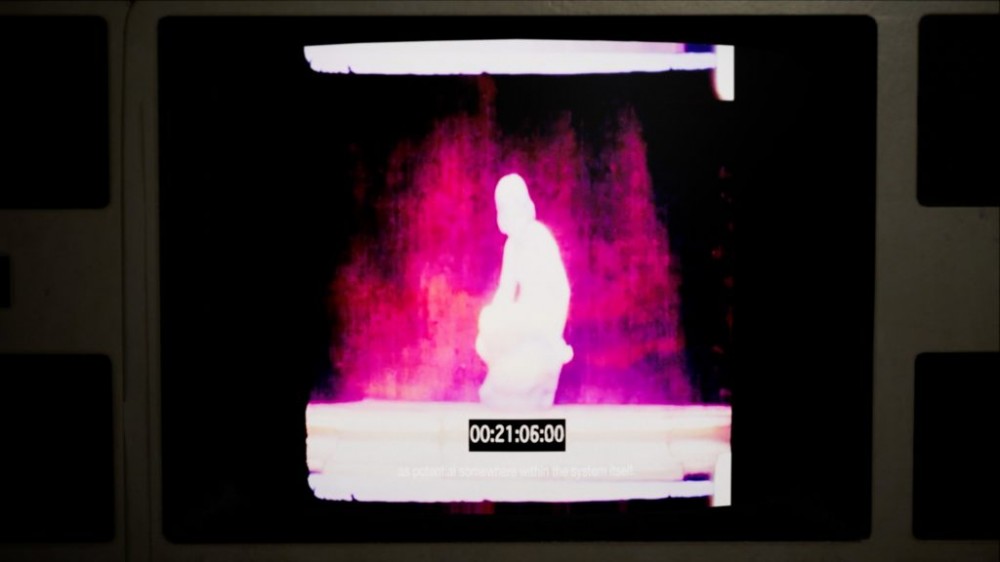
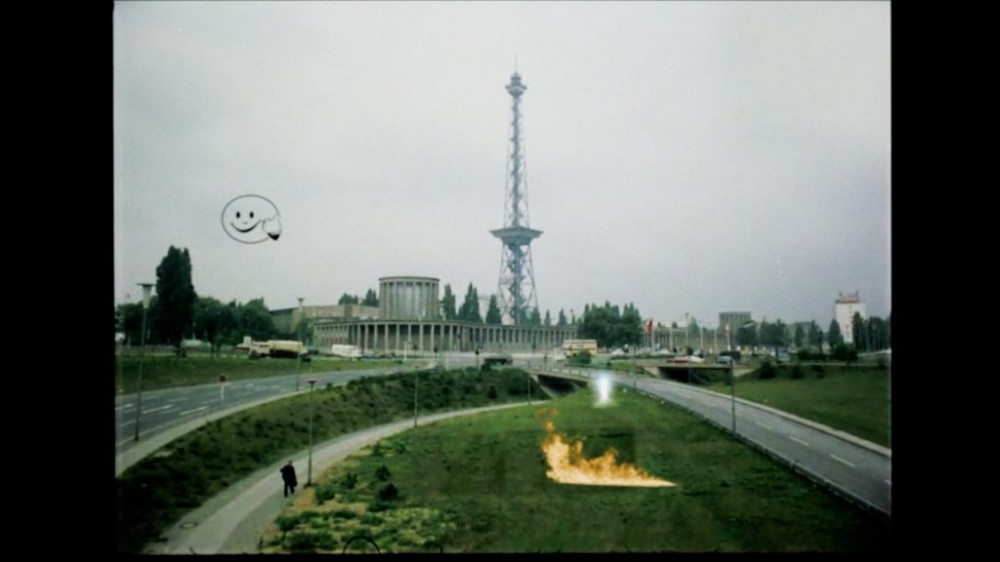
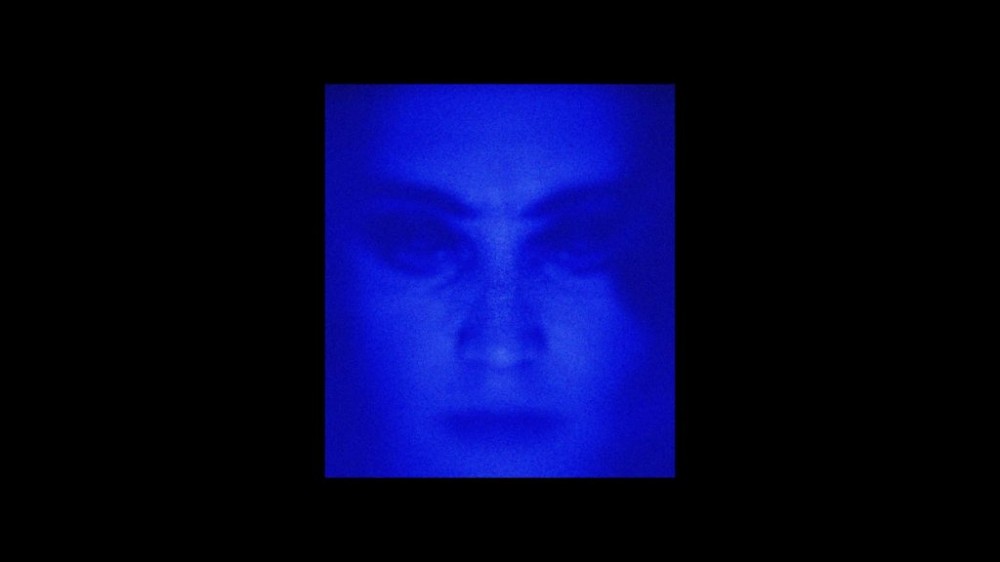
Karon continues: “If there’s any tenable way forward it lies in accepting that this stuff is here and in a very real sense it’s part of us, it’s an extension of our sensorium at this point, there’s no getting away from that. You can’t call it good or bad, it doesn’t make sense to think of it in those terms, to do so is purely reductive and useless.” Rather than looking to machine learning for the answers to grand questions, instead, Actual Objects gesture towards an aesthetics of A.I., working to show the process and context of the technology alongside the often beautiful work they are able to produce with it. “I think one of the interesting things moving forward about the aesthetics of A.I., or machine learning in general, is going to be understanding scale. That’s what the Salem video does really well, it shows the scale and speed at which it’s doing it,” says Miller. “The aesthetics of machine learning exist at a scale at which we can’t even really see them, that’s kind of the problem. It’s a tool designed for us to make sense of a decision that was made in like 2007 to collect as much data as possible and figure out how to parse it later. From this grows the great computer vision and natural language processing systems that we now use and deploy.” It’s an undeniably overwhelming prospect, the source of an uneasiness that is reflected in Voice To Skull in the stuttered speech of the narrator, the flashes of GAN-generated faces layered into oblivion and in Rick and Karon’s dense, melancholic score, equal parts Arca and The Caretaker.
“Anyone who works with machine learning knows that the output is almost secondary to the input,” concludes Miller. “The input is everything, the data set, the building of the data set, the curation, the layers of bias and noise that get built into that data set. It’s essential to be able to extrapolate out that narrative, because, suddenly, if you understand that portion of it, then a GAN starts to become actually interesting. Then you start to understand what it’s abstracting, how it’s making. Then you start to understand what machine intelligence really is.” Voice To Skull is not an attempt to portray machine intelligence for what it really is. If anything, it’s a surreal approximation of what it’s like to experience the paranoia of staring into a system that’s too huge for us to even understand. In a strange sort of manifesto, the film’s narrator describes this feeling: “We are the wide-eyed inheritors of this closed loop, a generation of children who will live in a world that never was, a world that we have both created and destroyed. We are the ones who will dream this dream. We are the ones who will live in that world.”
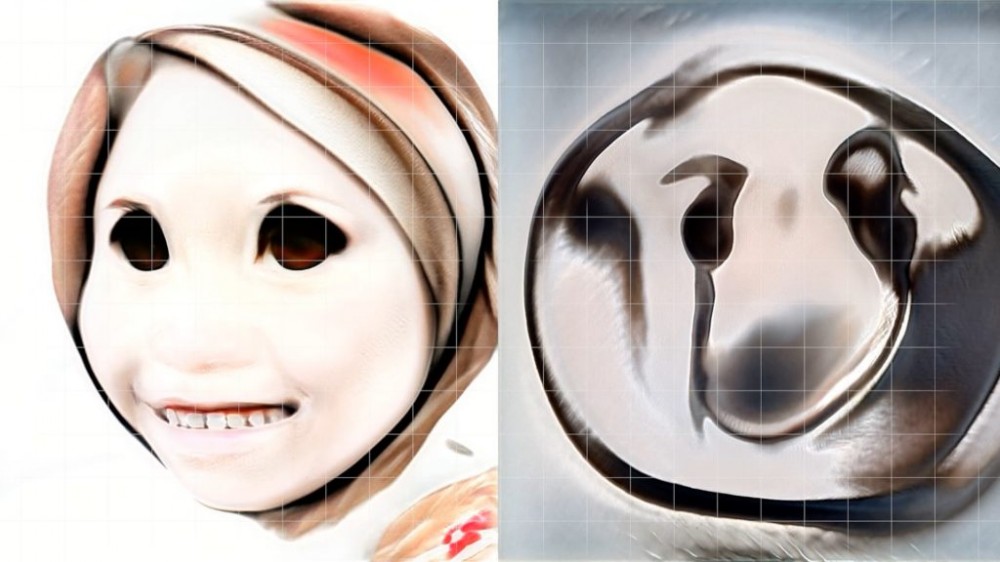
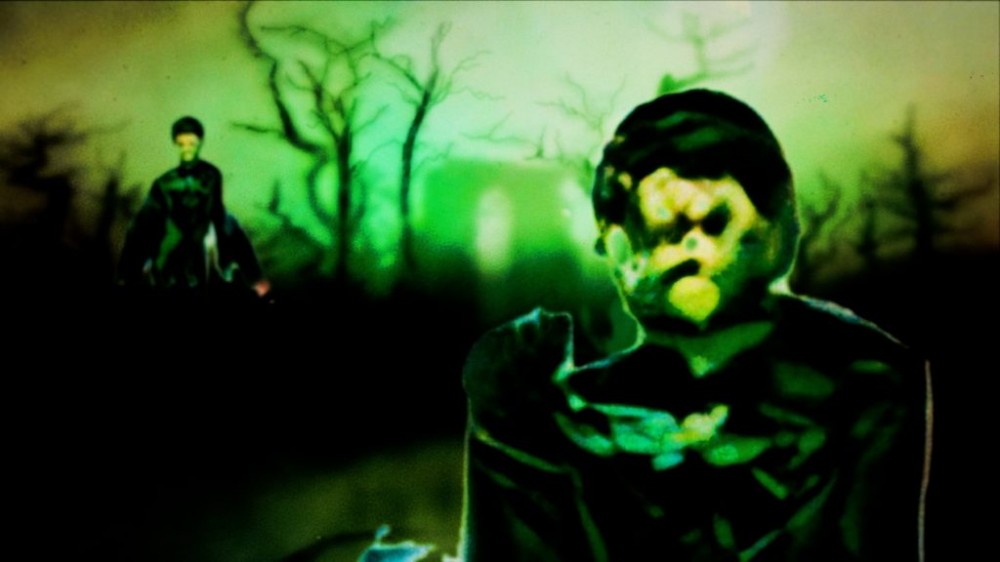
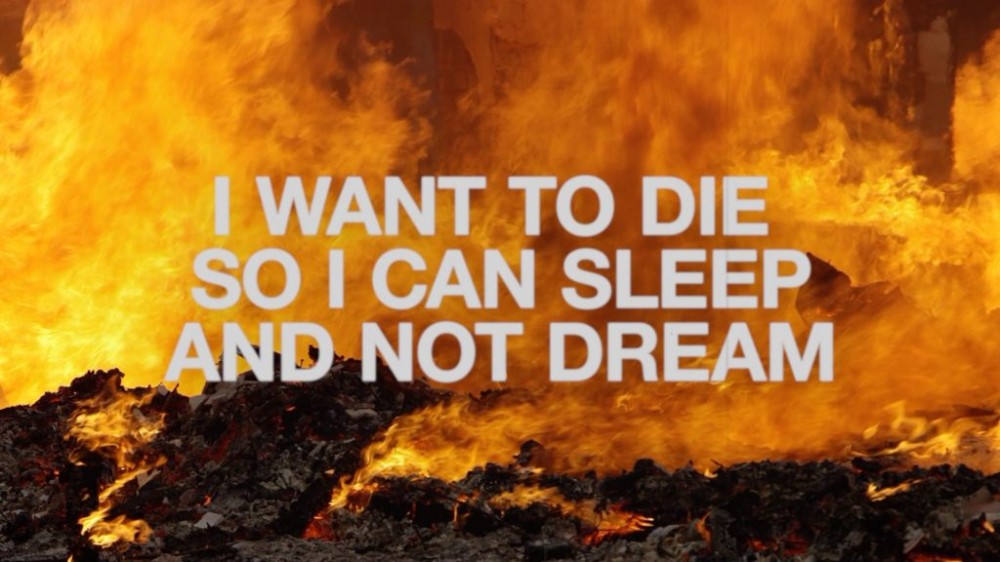
For more information about Actual Objects you can visit the studio website and follow the studio on Instagram.
Voice To Skull Credits:
Concept – Theo Karon & Actual Objects
Video – Rick Farin & Claire Farin
Script – Theo Karon, in collaboration with Artificial Intelligence
Audio – Theo Karon
Voiceover Narration – Chino Amobi
Graphic Design – Collin Fletcher
as part of Disintegration-2



